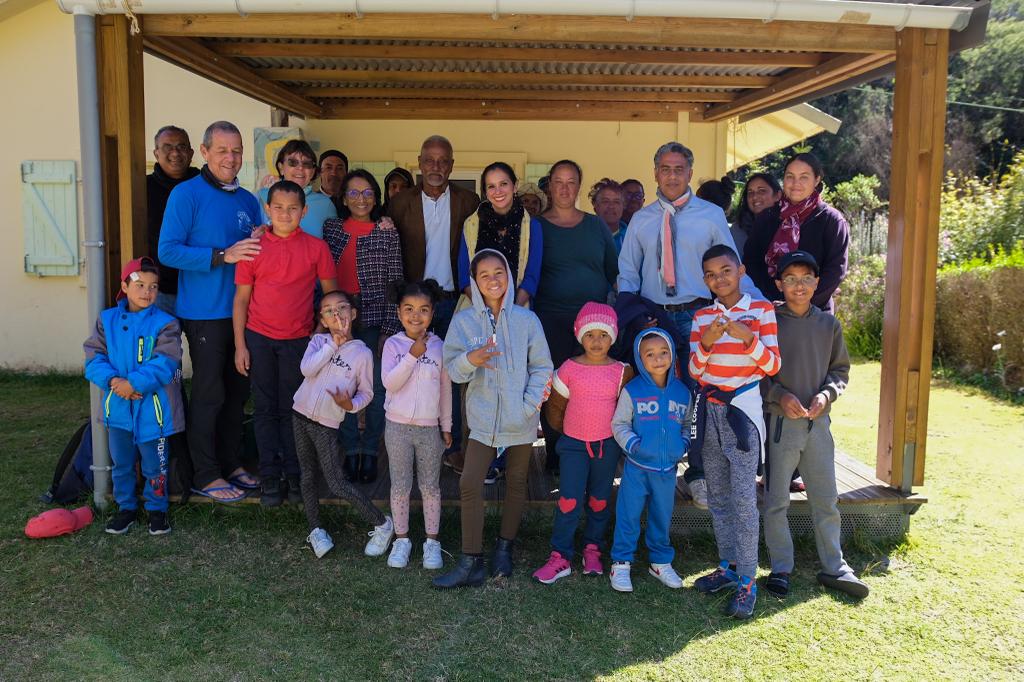Vendredi 17 mai, 11h30, 2e session : Récits et globalisation
Judit Bokser Liwerant, Universidad Nacional Autónama de México

Sanya, Hainan Province, China, photo par Phillip Hong
Thinking the world today cannot be done without diverse analytical lenses that help address conceptual challenges derived from the multidimensional and multifaceted character of Globalization processes and Transnationalism. They allow us to profoundly reflect upon (and even question) basic assumptions of historical and sociological investigation while advancing new propositions regarding the constitution and reconstitution of new realities. Along the axes of Globalization and Transnationalism, changes follow non-linear trends with significant implications for social morphology.
Different territorial/identificational/cultural/political moments of these processes pose new heuristic challenges and analytical questions.
The concepts of globalization and transnationalism have acquired multiple meanings according to diverse theoretical approaches and their specific focus on the variables of space and time. Both the transcendence and transformation of borders as well as the temporal dimension have elicited a debate that seeks to clarify if their current expressions are related to new contemporary dynamics or/and if historical precedents or analogues can be traced. They have become, as many contemporary social concepts, contested ones.
Globalization has led to economic, social, political and cultural changes that upset geographical, territorial and temporal referents without which it would be impossible to think the structures and institutions, social relations and communal spaces today. Accordingly, increasingly dense and active relationships between individuals, groups and communities develop within social spheres and institutional arenas that cross Nation-States. In our Century, globalization has brought migration to unexpected levels (from 75 million in 1965 to 120 million in 1990 and 214 million in 2009) and diversified migration waves that reflect and in turn create diverse paths -territorial, cultural, sub-ethnic- and social experiences in unequal terms (Zlotnick, 1999; Castles, 2000; UNDP, 2010).
While contemporary migration becomes a multi-level process encompassing different types of movements, their extensive and intensive nature enhances transnational spaces and fields, mainly anchored in massive mobility of material, cultural and symbolic commodities (and their influence on institutional arrangements). Transnationalism embraces a variety of multifaceted social relations that are both embedded in and transcend two or more nation-states, cross-cutting sociopolitical, territorial, and cultural borders bringing to the multiplicity, pluralisation, and diversification of semantic-ideological and institutional connections between major arenas of life.
Facing the challenge of rethinking national arenas (and methodological nationalism) and how constellations of rights, authority and territory are not confined to it (Sassen, 2008; Eisenstadt, 2012), and vis-à-vis the intersection of institutional and cultural domains, both Globalization and Transnationalism provide us with key analytical tools to relate and differentiate singular regional conditions and the shared trends in new world constellations.
Latin America is a singular social laboratory for comparative research due to the differentiated impact of globalization in the region, its historical attachment to external (Western) centers and its current diversified experiences of social change. This leads us to identify the core shared elements while taking into consideration disjunctures, and variability across the region and other latitudes as well. While retaining a global scope, past and present processes of “global immersion” (Roniger, 2011) have been fragile, contingent, conflictual, open and contradictory thus reflecting the profound tensions emerging from globally interconnected realities.
Latin America(s), in the plural, as Fernand Braudel entitled the issue of Les Annales to Latin America- “À travers les Amériques Latines”- has been directly impacted by the contradictory nature of globalization processes that created both new horizons of opportunities and sectorial inequalities. Combined with social instability, economic and political change, have led to increasing emigration fluxes reflecting both necessities and windows of opportunities.
Migratory movements in/from the region are certainly part of larger global phenomena. Thus, in need of re-examination and redefinition are the relations that develop between collective identities, territory, culture and the public spheres, as well as the overlapping presence of old and new, primordial and elective, ethnic and civic identities and belongings. How do these processes impact the dynamics between “external” and “internal” centers of reference, institutional designs and cultural programs? How do new realities, interpretations and narratives develop in global and transnational spaces? Traditions, encounters, crises and interactions lead to transformations, convergences and divergences in the political and socio-cultural realms; in processes of social inclusion and exclusion; in the diversification of social categories and therefore changes in collective representation and in the scope and nature of the diverse (extended) public spheres along new articulations of local, global and transnational levels. Scenarios characterized by changes in the constitution of social boundaries, by changing criteria of membership, and thus, also, by the new status and roles of ethno-national-religious diasporas becoming transnational, challenge basic assumptions of social thought, as diasporas (narratives?) are increasingly undistinguishable from transnational communities of migrants and transmigrants.
The binomial Globalization – Transnationalism explains differentially the complex patterns of other equally relevant pairs: collective identities and individualization processes; continuity and integration; assimilation and new forms of identity and cultural innovation, as well as central issues such as community, social space, boundaries, and social cohesion. Continuity, variability and changeability all fall within the analytical scope of this binomial when used to analyze what may constitute central queries of our Century: the reshaping of bordered and bounded social units as globally and transnationally constituted spaces.


















